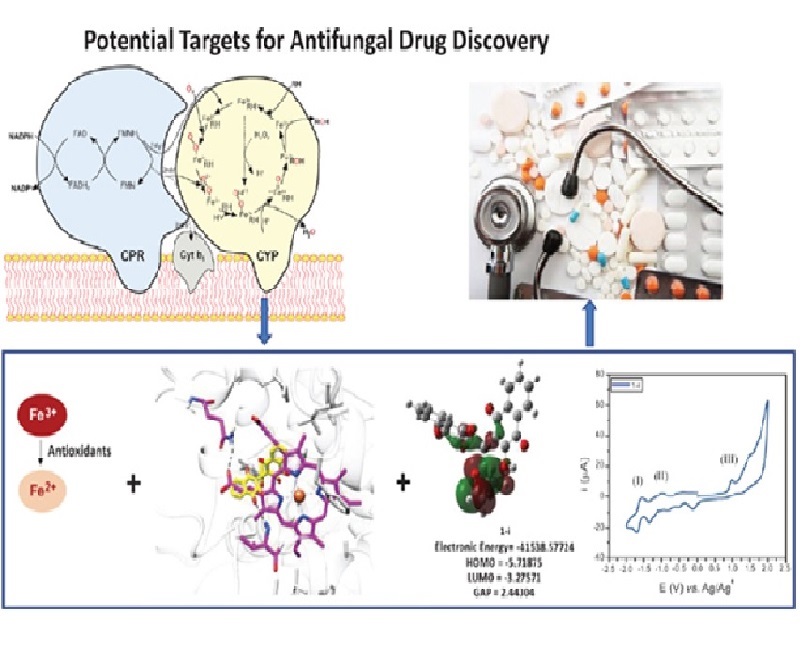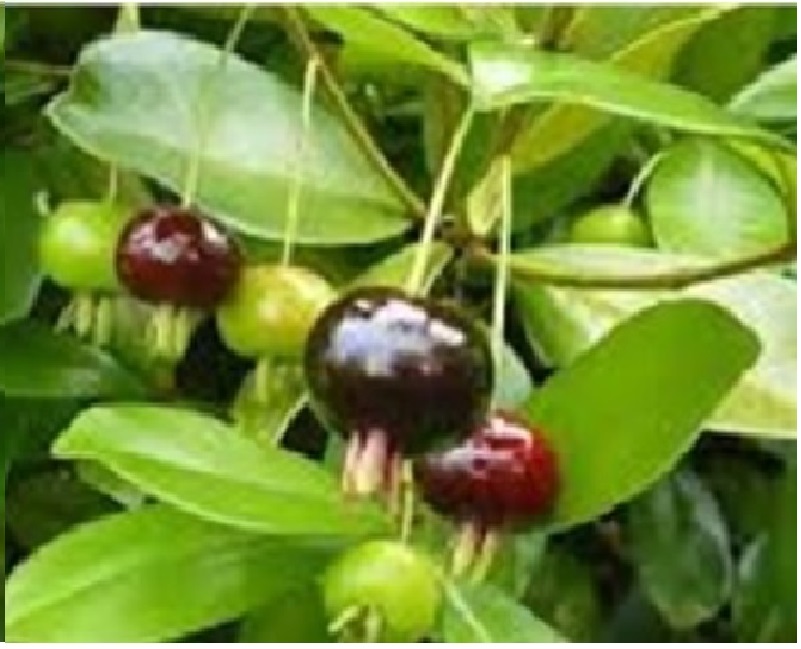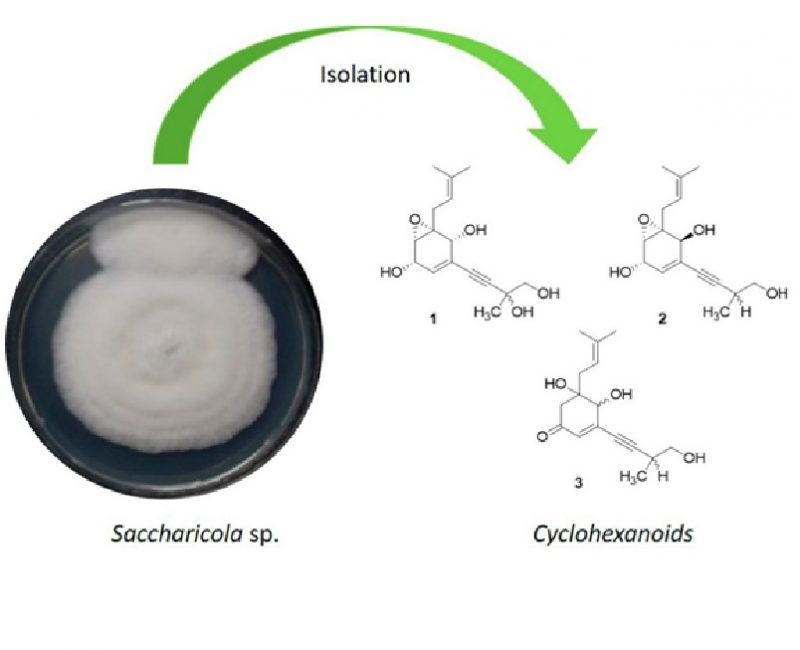
Authors:
Silva, Airton Damasceno [1] ; Pepe Ambrozin, Alessandra Regina [2] ; de Camargo, Ana Flavia S. [3] ; Nogueira Cruz, Felipe De Paula [3] ; Gomes Ferreira, Leonardo Luiz [3] ; Krogh, Renata [3] ; Silva, Taynara Lopes [4] ; Baratella da Cunha Camargo, Ilana Lopes [3] ; Andricopulo, Adriano Defini [3] ; Vieira, Paulo Cezar [1, 4]
Abstract:
Fungi are a rich source of bioactive compounds. Fungal cocultivation is a method of potentiating chemical interactions and, consequently, increasing bioactive molecule production. In this study, we evaluated the bactericidal, antiprotozoal, and cathepsin V inhibition activities of extracts from axenic cultures of 6 fungi ( Fusarium guttiforme, Pestalotiopsis diospyri, Phoma caricae-papayae, Colletotrichum horii, Phytophthora palmivora , and C. gloeosporioides ) that infest tropical fruits and 57 extracts obtained by their cocultivation. Our results reveal that fungal cocultivation enhances the biological activity of the samples, since all extracts that were active on Gram-positive bacteria, Gram-negative bacteria, Trypanosoma cruzi , and Leishmania infantum were obtained from cocultivation. Bacterial growth is either totally or partially inhibited by 46% of the extracts. Two extracts containing mainly fusaric and 9,10-dehydrofusaric acids were particularly active. The presence of the fungus F. guttiforme in co-cultures that give rise to extracts with the highest activities against L. infantum . An axenic culture gave rise to the most active extract for the inhibition of cathepsin V; however, other coculture extracts also exhibited activity toward this biological target. Therefore, the results of the biological activities indicate that fungal cocultivation increased the biological potential of samples, likely due to the hostile and competitive environment that pushes microorganisms to produce substances important for defense and allows access to metabolic routes then silenced in milder cultivation conditions.
1 Department of Chemistry, Federal University of São Carlos (UFSCar), São Carlos, SP, Brazil
2 Institute of Science and Technology, Federal University of Alfenas (Unifal-MG), Poços de Caldas, MG, Brazil
3 São Carlos Institute of Physics, University of São Paulo (USP), São Carlos, SP, Brazil
4 Department of BioMolecular Sciences, School of Pharmaceutical Sciences of Ribeirão Preto, University of São Paulo (USP), Ribeirão Preto, SP, Brazil
Link to article: https://www.thieme-connect.de/products/ejournals/abstract/10.1055/a-1200-2046







